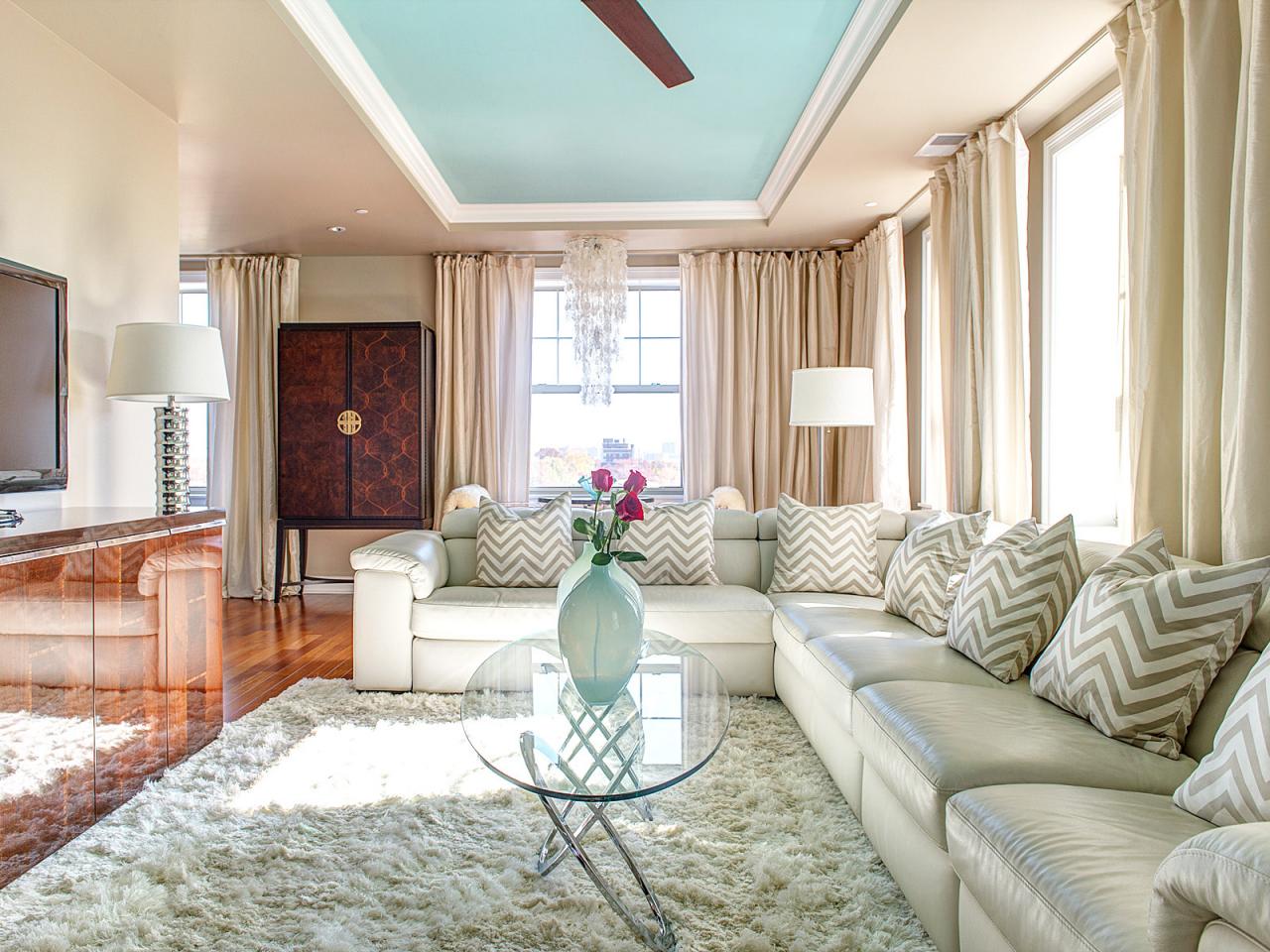

Articles
How To Cheaply Remodel A Living Room
Modified: January 18, 2024
Learn how to remodel your living room on a budget with these helpful articles. Find creative tips and tricks to transform your space without breaking the bank.
(Many of the links in this article redirect to a specific reviewed product. Your purchase of these products through affiliate links helps to generate commission for Storables.com, at no extra cost. Learn more)
Introduction
Remodeling your living room can breathe new life into your home and create a space that reflects your personal style. However, the idea of a living room remodel can be daunting, especially when it comes to the costs involved. The good news is that you don’t need to break the bank to give your living room a fresh and updated look. With careful planning, smart choices, and some DIY skills, you can achieve a beautifully remodeled living room on a budget.
In this article, we will guide you through the process of cheaply remodeling a living room step by step. Whether you’re looking to completely transform your space or simply give it a small makeover, these tips and ideas will help you create a welcoming and stylish living room without draining your bank account.
Before you embark on your living room remodeling project, it’s important to have a clear vision of what you want to achieve. Consider the functionality, style, and atmosphere you want to create. Are you looking to create a cozy and intimate space for relaxing evenings, or do you want a more open and spacious feel for entertaining guests?
Once you’ve determined your remodeling goals, the next step is to set a budget. Having a specific budget in mind will help you make decisions on where to allocate your funds and avoid overspending. Consider how much you’re willing to spend on materials, furniture, and any professional help you might need along the way.
Now that you have your goals and budget in place, it’s time to start planning the layout and design of your living room. Take measurements of the space and create a floor plan that optimizes the use of your available space. Consider factors such as traffic flow, focal points, and functional zones within the room.
Once the layout is determined, it’s time to choose cost-effective materials and furniture. Look for budget-friendly options that still offer durability and style. Thrift stores, online marketplaces, and garage sales can be great sources for finding affordable furniture and decor items that can be easily refurbished or repurposed.
One of the most impactful changes you can make when remodeling a living room is updating the color scheme. This can be done by painting the walls or using wallpaper to add visual interest and create a fresh backdrop for your space. Choose colors that complement your furniture and create the desired atmosphere.
In addition to the color scheme, lighting plays a crucial role in transforming the look and feel of a living room. Consider replacing outdated lighting fixtures with more modern options that provide adequate brightness and enhance the overall ambiance of the room.
To add personality and style to your living room, incorporate inexpensive decorative elements such as wall art, throw pillows, rugs, and curtains. These small details can make a big impact on the overall aesthetic of the space.
Another way to give your living room a new look without spending a fortune is to rearrange the furniture. Experiment with different layouts to create a fresh and inviting atmosphere. You may be surprised at how simply moving a few pieces around can completely transform the space.
Window treatments can also make a significant difference in the appearance of your living room. Consider replacing old or worn-out curtains with new ones that complement your color scheme and style. Alternatively, opt for cost-effective blinds or shades for a more modern and streamlined look.
Finally, don’t forget the finishing touches and small details that tie the whole room together. Add accents like plants, decorative objects, and accessories that reflect your personal style and add the final touch of charm to your remodeled living room.
By following these steps and making smart choices, you can achieve a beautifully remodeled living room without breaking the bank. Remember, it’s not the amount of money you spend that determines the success of your remodel, but rather the creative and thoughtful decisions you make along the way. Get started on your living room remodel and create a space that you and your loved ones can enjoy for years to come.
Key Takeaways:
- Create a beautifully remodeled living room on a budget by setting clear goals, planning the layout, and choosing cost-effective materials and furniture. Embrace creativity and personal style to achieve a space that reflects your personality.
- Transform your living room with simple yet impactful steps such as updating lighting fixtures, rearranging furniture, and adding inexpensive decorative elements. Pay attention to the final touches to elevate the overall aesthetic and create a space that feels complete.
Read more: Why Is A Living Room Called A Living Room
Step 1: Determine your remodeling goals
Before you start the remodeling process, it’s important to have a clear understanding of your goals. Take some time to envision what you want your living room to look like and how you want it to function. Do you want a cozy space for relaxing evenings with your family, or do you need a more formal and elegant room for entertaining guests? Having a clear vision will help guide your decision-making throughout the remodeling process.
Consider the overall style and atmosphere you want to create in your living room. Are you drawn to a modern, minimalist look or do you prefer a more traditional, eclectic style? Think about the colors, patterns, and textures that resonate with you and reflect your personality. Research different design inspirations and create a mood board to help you visualize your ideal living room.
Think about the specific features and functionalities that are important to you. Do you need additional storage space? Would you like to have a designated area for a home office or a kids’ play corner? Make a list of all the elements you want to incorporate into your living room remodel and prioritize them based on their importance to you.
Consider how you currently use your living room and whether any changes need to be made to better suit your lifestyle. For example, if you love hosting movie nights, you might want to allocate space for a comfortable seating area with a large TV and good sound system. If you’re an avid reader, you might want to create a cozy reading nook with a comfortable chair and a bookshelf.
During this step, it’s also important to take into account any existing architectural features of your living room that you want to keep or highlight. This could include things like a fireplace, large windows with a great view, or unique architectural details. These features can serve as a starting point for your design direction and help you create a cohesive and harmonious space.
By determining your remodeling goals upfront, you’ll have a clear vision that will guide you throughout the process. It will also help you make decisions about layout, color scheme, furniture, and decor. Remember to stay true to your personal style and prioritize the features and functionalities that are most important to you and your family. With a well-defined plan in place, you can confidently move forward to the next steps of your living room remodel.
Step 2: Set a budget
Setting a budget is a crucial step in the remodeling process. It helps you determine your spending limits and ensures that you don’t overspend or go overboard with your project. By establishing a budget, you can make informed decisions about where to allocate your funds and prioritize your remodeling goals.
Start by determining how much you’re willing to spend on your living room remodel. Consider your financial situation and how much you can realistically afford to invest in the project. Be honest with yourself about what you can comfortably spend without straining your finances.
Next, break down your budget into different categories. Allocate funds for materials, furniture, labor (if any), and any unexpected expenses that might arise during the remodeling process. Research the average costs of different materials and services to get an idea of how much you’ll need to set aside for each category.
It’s also important to factor in any additional costs that might come up, such as permits or professional consultations. These costs can add up quickly, so make sure to include them in your budget from the beginning.
Once you have a budget in place, stick to it as strictly as possible. Avoid the temptation to overspend on luxury items or unnecessary upgrades. Instead, focus on finding cost-effective alternatives that still align with your vision for the living room.
Remember, setting a budget doesn’t mean you have to compromise on style or quality. There are plenty of budget-friendly options available that offer durability and aesthetic appeal. Look for sales, discounts, and special offers to help stretch your budget further.
Additionally, consider the long-term value and potential return on investment for the items you’re purchasing. Investing in quality furniture and materials may save you money in the long run by avoiding frequent replacements or repairs.
Lastly, keep track of your expenses throughout the remodeling process. Update your budget as needed, making adjustments when necessary. This will help you stay organized and ensure that you’re not overspending in one area at the expense of another.
By setting a budget and sticking to it, you can approach your living room remodel with confidence and peace of mind. Knowing your financial limits will guide your decision-making and help you create a beautiful and functional space within your means.
Step 3: Plan the layout and design
Planning the layout and design of your living room is a crucial step in creating a functional and visually appealing space. This step involves carefully considering the dimensions of the room, the flow of traffic, and the specific features and functionalities you want to incorporate.
Start by measuring the dimensions of your living room accurately. Take note of the length, width, and height of the space, as well as any architectural features such as windows, doors, and built-in elements. This information will help you create a scale drawing or a digital floor plan to guide your layout decisions.
Consider the flow of traffic within your living room. Think about how people will move through the space and ensure there is enough space to navigate comfortably. Avoid creating any bottlenecks or obstacles that hinder movement.
Next, determine the focal point of your living room. This could be a fireplace, a large window with a beautiful view, or even a piece of artwork. Once you have identified the focal point, arrange your furniture in a way that directs attention towards it. This will create a visually pleasing and cohesive look.
Consider the different functional zones you want to incorporate into your living room. For example, if you need a space for watching TV, create a seating area with a comfortable couch or sectional facing the television. If you plan to have a small office area, allocate a corner for a desk and a chair.
When planning the layout, also think about the placement of electrical outlets and lighting fixtures. Ensure that they are conveniently located for your needs and that there is enough lighting in each area of the room.
Once you have determined the overall layout, it’s time to think about the design elements of your living room. Consider the color scheme, patterns, and textures that will complement your style and create the desired atmosphere. Take into account the existing architectural features and choose furnishings and decorations that harmonize with the overall design aesthetic.
When selecting furniture, consider the proportions of the room and choose pieces that are appropriately sized. Avoid overcrowding the space with too much furniture. Instead, opt for pieces that provide both functionality and style.
It’s also important to consider storage options in your design planning. Incorporate furniture with built-in storage, such as ottomans or coffee tables with hidden compartments, to maximize space and keep the room organized.
Finally, don’t forget about the finishing touches that will add personality and charm to your living room. Incorporate accessories, such as throw pillows, rugs, and artwork, that reflect your style and enhance the overall aesthetic of the space.
By carefully planning the layout and design of your living room, you can create a space that is both functional and visually appealing. Take the time to consider the dimensions, traffic flow, and focal points of the room, and choose furniture and decor that align with your style and needs. With a well-planned layout and design, your remodeled living room will become a welcoming and inviting space for you and your loved ones.
Step 4: Choose cost-effective materials and furniture
When remodeling your living room on a budget, choosing cost-effective materials and furniture is crucial. With some creativity and research, you can find affordable options that still offer durability, style, and functionality.
Start by making a list of the materials and furniture items you need for your living room remodel. Research different suppliers, compare prices, and look for sales and discounts. Many home improvement stores offer budget-friendly options that can help you achieve the look you desire without breaking the bank.
Consider using imitation or alternative materials that mimic the appearance of more expensive options. For example, instead of hardwood flooring, you could opt for laminate or vinyl flooring that closely resembles the look of wood. These alternatives can be significantly cheaper while still providing a similar aesthetic.
Thrift stores, flea markets, and online marketplaces are great resources for finding affordable furniture and decor pieces. Look for gently used items that can be refurbished or repurposed with some DIY skills. Not only will this help save money, but it also adds a unique and personalized touch to your living room.
When choosing furniture, consider its functionality and versatility. Opt for pieces that can serve multiple purposes or have storage options. For example, a sofa with a pull-out bed or ottomans with hidden storage can provide additional functionality without the need for extra furniture.
Instead of buying new furniture, consider giving your existing pieces a makeover. Repainting or reupholstering can completely transform the look of a piece and make it feel brand new. It’s a cost-effective way to update your living room while still maintaining a cohesive design.
Another way to save money on furniture is to consider rental options or borrowing from friends and family. If you need additional seating for a gathering or event, renting chairs or borrowing them can be a more budget-friendly alternative to purchasing new furniture.
When choosing materials, prioritize quality over quantity. Investing in durable materials and furniture will save you money in the long run, as they will require fewer replacements or repairs. Look for materials that are easy to clean and maintain, as this will also help prolong their lifespan.
Remember, choosing cost-effective materials and furniture doesn’t mean sacrificing style or quality. With some research and a bit of creativity, you can find affordable options that perfectly suit your design aesthetic and meet your functional needs.
By being resourceful and open to alternative options, you can achieve a beautifully remodeled living room without exceeding your budget. Take the time to explore different sources, compare prices, and consider DIY projects to maximize your savings. With cost-effective materials and furniture, your remodeled living room will not only look amazing but also stay within your desired budget.
Read more: What Is A Living Room
Step 5: Paint or wallpaper the walls
One of the most impactful and cost-effective ways to transform your living room is by painting or using wallpaper on the walls. This step can completely change the atmosphere and set the tone for your newly remodeled space.
Before you begin, take the time to consider the overall color scheme and style you want to achieve in your living room. Research different color palettes and designs that resonate with your vision. Consider factors such as the amount of natural light in the room, the existing furniture and decor, and the overall mood you want to create.
If you’re looking for a fresh and updated look, painting the walls is a great option. Choose colors that complement your furniture and the overall aesthetics of your living room. Neutral tones like white, beige, or gray can create a clean and timeless backdrop that allows your furniture and decor to stand out. On the other hand, bold and vibrant colors can add personality and make a statement.
Before you start painting, make sure to prepare the walls properly. Clean the surface to remove any dirt or dust, and repair any visible imperfections like cracks or holes. Apply a primer to ensure the paint adheres properly and provides an even finish.
If you want to add more texture or pattern to your living room, consider using wallpaper. Wallpaper comes in a wide range of designs, patterns, and textures, allowing you to create a unique and personalized look. Whether you prefer a subtle floral motif, a bold geometric pattern, or a textured faux finish, there’s a wallpaper option to suit every style.
Wallpaper can be a cost-effective alternative to paint, especially if you’re looking for intricate designs or textures that might be more difficult to achieve with paint alone. It can also serve as a focal point for your living room, creating a stunning backdrop for your furniture and decor.
When choosing wallpaper, make sure to measure your walls accurately to determine how much you need. Consider the scale and proportion of the pattern in relation to the size of your living room. Some patterns may be overwhelming in a small space, while others can create an illusion of depth and enlarge the room visually.
Whether you choose to paint or use wallpaper, take your time and pay attention to detail during the application process. Move furniture and protect the floor and other surfaces to prevent any accidental spills or stains. Use high-quality paint or adhesive and professional tools to ensure a smooth and professional-looking finish.
By painting or wallpapering the walls, you can instantly transform the look and feel of your living room. The right choice of color or pattern can create a sense of harmony and tie the entire room together. So, don’t be afraid to get creative and use this step to infuse your personality into your remodeled living room.
Consider painting the walls a fresh, modern color to instantly update the look of the room. This is a cost-effective way to make a big impact in your living room remodel.
Step 6: Update lighting fixtures
Updating the lighting fixtures in your living room can make a significant difference in the overall ambiance and functionality of the space. It can enhance the mood, improve visibility, and highlight specific features or focal points.
Start by evaluating the existing lighting in your living room. Take note of any outdated or damaged fixtures that need to be replaced. Consider the overall brightness and the distribution of light throughout the room. Identifying these areas will help you prioritize your lighting updates and make informed decisions.
There are several types of lighting fixtures to consider when updating your living room. Here are a few options to keep in mind:
- Overhead lighting: The main source of light in your living room, typically provided by a ceiling fixture or chandelier. Consider the size and style of the fixture to ensure it complements the overall design of the room. Look for energy-efficient options that provide ample illumination while saving on electricity costs.
- Ambient lighting: Ambient lighting helps create a warm and welcoming atmosphere. It can be achieved through the use of wall sconces, floor lamps, or table lamps strategically placed around the room. Consider the height and positioning of these fixtures to ensure they provide the desired level of illumination without causing glare or shadows.
- Task lighting: Task lighting is essential for specific activities such as reading, working, or crafting. Consider incorporating adjustable desk lamps, floor lamps with directional heads, or pendant lights with focused beams to provide adequate lighting for these tasks. These fixtures should be positioned to minimize shadows and provide optimal illumination for the intended activities.
- Accent lighting: Accent lighting adds depth and visual interest to your living room by highlighting specific features or decorative elements. Consider using recessed lighting, track lighting, or wall-mounted fixtures with adjustable heads to direct light onto artwork, architectural details, or other focal points in the room.
When updating your lighting fixtures, consider the overall style and theme of your living room. Look for fixtures that complement the existing furniture and decor. Choose materials, finishes, and designs that harmonize with the overall aesthetic you’re trying to achieve.
Additionally, consider the practicality and energy efficiency of the lighting fixtures. Opt for LED or CFL bulbs, which are more energy-efficient and have a longer lifespan compared to traditional incandescent bulbs. This can help reduce your energy consumption and save you money on utility bills in the long run.
Don’t be afraid to mix and match different lighting fixtures to create a layered and versatile lighting scheme. By incorporating various types of lighting, you can create different moods and easily adjust the illumination levels based on your activities or preferences.
Updating the lighting fixtures in your living room can dramatically enhance its functionality and aesthetic appeal. It’s a relatively simple yet impactful step that can make a big difference in how the room looks and feels. So, take the time to evaluate your current lighting and choose fixtures that provide a beautiful and well-illuminated space to enjoy.
Step 7: Add inexpensive decorative elements
Adding inexpensive decorative elements is a great way to infuse personality and style into your remodeled living room without breaking the bank. These small details can make a big impact and give your space a polished and cohesive look. Here are some ideas to consider:
- Throw pillows: Add a pop of color, texture, or pattern to your living room with throw pillows. They are an affordable way to update your seating area and can be easily swapped out or layered for different seasons or occasions.
- Rugs: Place a trendy area rug or a cozy rug underneath your furniture to define the seating arrangement and add warmth to the room. Rugs come in a wide range of styles, sizes, and price points, allowing you to find the perfect one that suits your living room.
- Wall art: Decorate your walls with inexpensive artwork or create your own DIY masterpieces. You can frame colorful prints, hang unique tapestries, or even display photographs from your travels. Wall art is a great way to express your personal style and add visual interest to the room.
- Mirrors: Mirrors not only serve a functional purpose but can also make your living room appear larger and brighter. Look for affordable mirrors in different shapes and sizes to hang on the walls or lean against a wall. They can reflect light and create the illusion of more space.
- Plants: Bring nature indoors by adding plants to your living room. They not only add a touch of greenery but also contribute to a fresher and healthier environment. Consider low-maintenance houseplants or succulents that require minimal care and are budget-friendly.
- Candles and candleholders: Create a cozy and inviting atmosphere in your living room with candles. Choose scented candles in decorative holders that match your style. They can be placed on coffee tables, shelves, or mantels to add a warm and soothing ambiance.
- Decorative trays and baskets: Organize and display small items in decorative trays or baskets. These can be used to hold TV remotes, magazines, or other items that can easily clutter the living room. Look for affordable options in different materials and styles that complement your decor.
When adding decorative elements, keep in mind the overall theme and color scheme of your living room. Choose items that complement the existing furniture and decor, creating a cohesive and harmonious look. Mixing and matching different textures, patterns, and materials can add depth and visual interest.
Don’t forget to consider the scale and proportion of the decorative elements. Too many small accessories can create clutter, while oversized or bulky items can overpower the space. Aim for a balance that allows each piece to shine and contribute to the overall aesthetic.
Remember, inexpensive decorative elements can be found in various places, including thrift stores, flea markets, and even your own storage. Get creative and repurpose items, or DIY projects that add a personal touch and save money.
By adding inexpensive decorative elements, you can elevate the look of your living room and make it feel more inviting and personalized. Keep an eye out for sales, discounts, and unique finds to stay within your budget while creating a stylish and charming space.
Step 8: Rearrange furniture for a fresh look
Rearranging your furniture is an effective and budget-friendly way to give your living room a fresh and updated look. It’s a simple yet powerful step that can change the flow, functionality, and overall feel of the space. Here are some tips to help you get started:
- Take measurements: Before you start moving furniture around, take accurate measurements of your living room. Consider the dimensions, angles, and any architectural features that may affect the placement of your furniture. This will help you create a layout that maximizes the use of available space.
- Consider traffic flow: Pay attention to the natural flow of traffic in your living room. Make sure there is enough space for people to move around comfortably without any obstructions. Avoid blocking doorways, windows, or pathways within the room.
- Create functional zones: Divide your living room into different functional zones based on how you use the space. For example, create a seating area for relaxing and conversation, a reading nook with a cozy chair and lamp, or a designated workspace if needed. Arrange furniture accordingly to define these zones and make them visually distinct.
- Focal point placement: Consider the focal point of your living room. It could be a fireplace, a large window, or a TV. Arrange your furniture in a way that directs attention towards the focal point. This helps create a cohesive design and enhances the overall visual appeal of the room.
- Experiment with different layouts: Don’t be afraid to try different furniture arrangements to find the best layout for your living room. Start with a blank canvas by removing all furniture and then gradually add pieces back in, considering their size, shape, and function. Take time to test out different options until you find the arrangement that feels balanced and functional.
- Mix and match furniture: Consider using pieces from different areas of your home to give your living room a fresh look. Repurpose furniture that may have been overlooked or unused in other rooms. Mixing and matching different styles and materials can add visual interest and create a unique and personalized look.
- Consider natural light: Take advantage of natural light by positioning furniture in a way that allows it to flow into the living room. Avoid blocking windows with large pieces of furniture. Instead, strategically place seating or decorative elements to maximize the natural light and create a bright and inviting atmosphere.
- Don’t forget about functionality: While aesthetics are important, it’s vital to ensure that your furniture arrangement serves the functional needs of your living room. Consider factors such as ease of conversation, access to outlets, and the placement of storage or display units. Prioritize comfort and functionality in addition to the visual appeal.
Rearranging your furniture can breathe new life into your living room without spending a dime. It allows you to explore different layouts and configurations, bringing a sense of freshness and renewed energy to the space. So, roll up your sleeves, move some furniture around, and enjoy the excitement of a revamped living room!
Read more: How To Divide Living Room
Step 9: Replace or update window treatments
Replacing or updating your window treatments is a step that can significantly transform the look and feel of your living room. Window treatments not only provide privacy and control over natural light, but they also add style and personality to the space. Here are some considerations when updating your window treatments:
- Assess the current window treatments: Take a close look at your existing window treatments and determine whether they need to be replaced or updated. Consider their condition, functionality, and how well they complement the overall design of your living room.
- Consider your needs: Determine your specific needs and preferences for window treatments. Do you want more privacy, better light control, or improved insulation? Are you looking for treatments that fit a particular style or color scheme? Understanding your needs will help you choose the right window treatments.
- Explore different options: There are various types of window treatments to choose from, including curtains, blinds, shades, and shutters. Each option has its own benefits and considerations. Explore the different styles, materials, and colors available to find the one that best suits your living room.
- Curtains and Drapes: Curtains and drapes are versatile and come in a wide range of fabrics, patterns, and designs. They can add texture, color, and softness to your living room. Consider the length and width of the curtains to achieve the desired look, and choose a suitable fabric weight for the level of light control you want.
- Blinds and Shades: Blinds and shades offer a more streamlined and contemporary look. They come in various materials like wood, faux wood, aluminum, and fabric. Consider the level of privacy and light control needed when choosing between horizontal blinds, vertical blinds, or shades like roller, Roman, or cellular shades.
- Shutters: Shutters are a classic and durable option that can add elegance and character to your living room. They come in different materials like wood, vinyl, or composite. Shutters offer excellent light control and privacy with adjustable louvers, and they can also enhance energy efficiency.
- Consider layering: Layering window treatments can add depth and dimension to your living room. For example, combining curtains with blinds or shades allows for versatility in light control and style. This also adds a luxurious and finished look to your windows.
- Measure and install properly: Accurate measurement and proper installation are crucial for window treatments to fit and function well. Measure the dimensions of your windows carefully and consider factors like ceiling height and floor clearance for the correct fit. If needed, seek professional help or follow manufacturer instructions for installation.
- Accessorize: Consider adding decorative elements like curtain rods, tiebacks, or valances to enhance the visual appeal of your window treatments. These accessories can complement your living room’s style and create a cohesive look.
Replacing or updating your window treatments can increase the aesthetic appeal and functionality of your living room. Whether you choose curtains, blinds, shades, or shutters, make sure they align with your style preferences and meet your specific needs. By paying attention to detail and properly installing your window treatments, you can achieve a beautifully finished look that enhances the overall ambiance of your living room.
Step 10: Final touches and finishing details
As you near the completion of your living room remodel, it’s time to focus on the final touches and finishing details. These small yet significant elements can enhance the overall aesthetic and create a cohesive and polished look. Here are some ideas to consider:
- Accessorize with decor: Add the finishing touch to your living room by incorporating decorative elements. Decorative objects such as vases, sculptures, or figurines can add personality and style to your space. Choose accessories that complement your overall design and reflect your personal taste.
- Introduce textiles: Consider adding textile elements to your living room, such as throw blankets, cushions, or a cozy area rug. These textures not only add warmth and comfort but also serve as decorative accents that tie the room together.
- Pay attention to details: To create a polished look, pay attention to the small details. Ensure that cords and cables are hidden or neatly organized. Arrange books on shelves in an aesthetically pleasing way. Use decorative trays or boxes to corral small items.
- Consider wall decor: Hang artwork or photographs to add visual interest to your walls. Create a gallery wall with a mix of frames and artwork that complements your living room style. Use removable adhesive hooks or picture hanging systems to make the process easier and avoid damaging the walls.
- Showcase your collections: If you have a collection of items that hold sentimental value or reflect your interests, consider incorporating them into your living room decor. Whether it’s books, vinyl records, or figurines, displaying your collections can add a personal touch and become a conversation starter.
- Adjust lighting: Fine-tune the lighting in your living room to create the desired ambiance. Experiment with different light bulbs, dimmer switches, or smart lighting systems to achieve the perfect lighting for different occasions or moods.
- Bring nature indoors: Adding greenery or fresh flowers can breathe life into your living room. Place potted plants or fresh bouquets on side tables, shelves, or window sills. Choose low-maintenance plants or opt for faux plants if you don’t have a green thumb.
- Showcase personal mementos: Incorporate personal mementos or cherished items that hold sentimental value. Displaying family photos, travel souvenirs, or heirlooms can make your living room feel more personalized and tell your unique story.
- Maintain tidiness: Finally, maintaining a clean and clutter-free living room is essential to showcase your remodel and keep the space inviting. Regularly declutter and organize items, and develop habits to ensure everything has a designated place.
By focusing on the final touches and finishing details, you can bring your living room remodel to its full potential. These details contribute to the overall cohesiveness and style of the room, creating a space that feels complete and reflects your personality. Take your time to curate and arrange these elements, and enjoy the satisfaction of a beautifully finished living room.
Conclusion
Remodeling your living room doesn’t have to be an expensive and overwhelming endeavor. By following these ten steps, you can create a beautifully updated space that reflects your personal style without breaking the bank.
Start by determining your remodeling goals and setting a budget. Plan the layout and design of your living room, considering functionality, traffic flow, and the focal point. Choose cost-effective materials and furniture that suit your style and meet your needs.
Paint or wallpaper the walls to create a fresh backdrop, and update the lighting fixtures to enhance the ambiance. Add inexpensive decorative elements to infuse personality and style. Rearrange the furniture to create a fresh look and a new flow in your living room.
Consider replacing or updating window treatments to control privacy and natural light. Finally, pay attention to the final touches and finishing details, which can elevate the overall aesthetic of your living room.
Throughout the process, remember to stay true to your vision and make choices that reflect your personal style. Don’t be afraid to get creative, repurpose items, and mix high and low-cost options to achieve a unique and budget-friendly living room remodel.
Ultimately, the goal of remodeling your living room is to create a space that is not only visually appealing but also functional and comfortable. It should be a reflection of your personality and a place where you can relax, entertain, and make lasting memories with loved ones.
So, roll up your sleeves, embrace your creativity, and enjoy the journey of transforming your living room into a space that you truly love and cherish.
Frequently Asked Questions about How To Cheaply Remodel A Living Room
Was this page helpful?
At Storables.com, we guarantee accurate and reliable information. Our content, validated by Expert Board Contributors, is crafted following stringent Editorial Policies. We're committed to providing you with well-researched, expert-backed insights for all your informational needs.
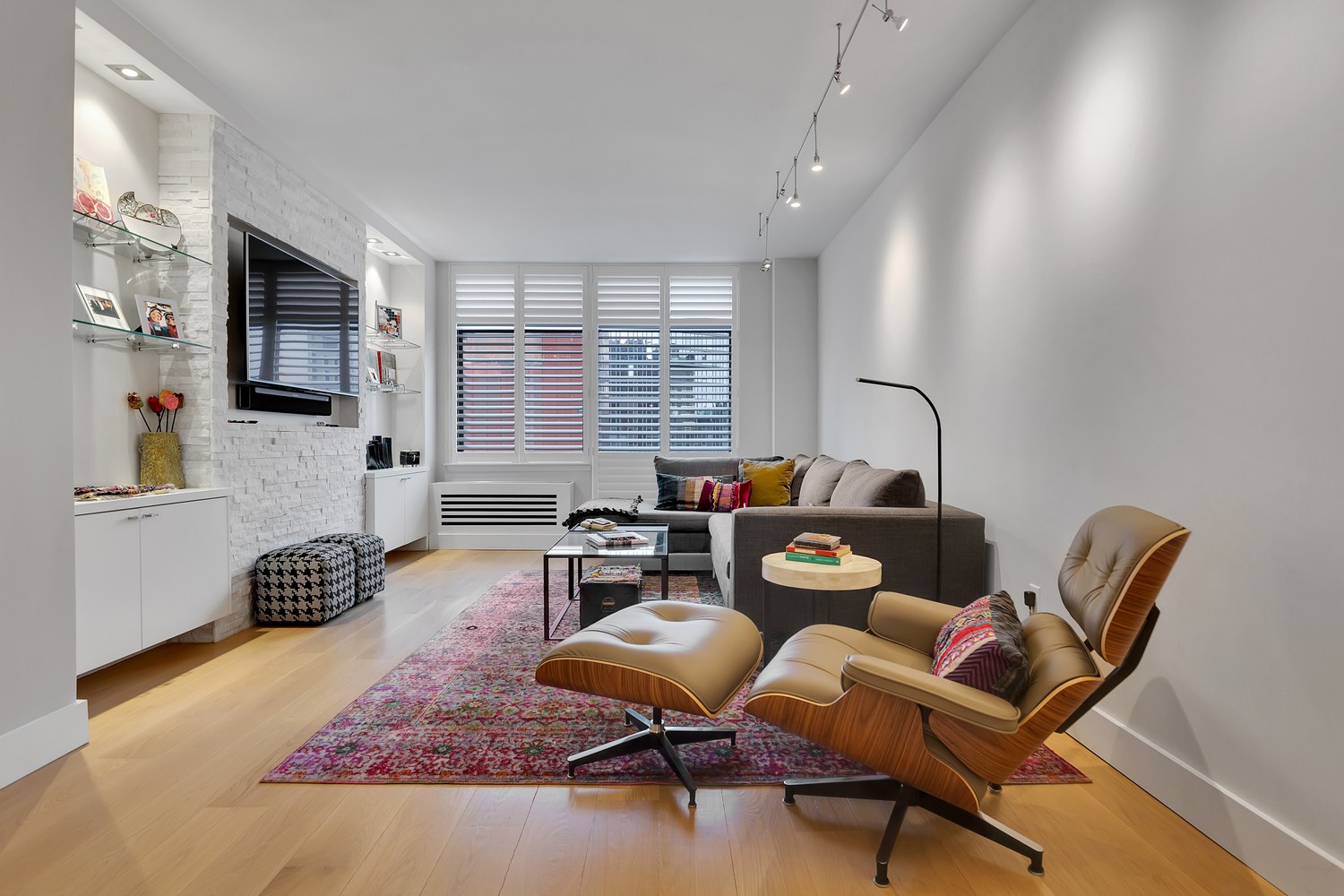
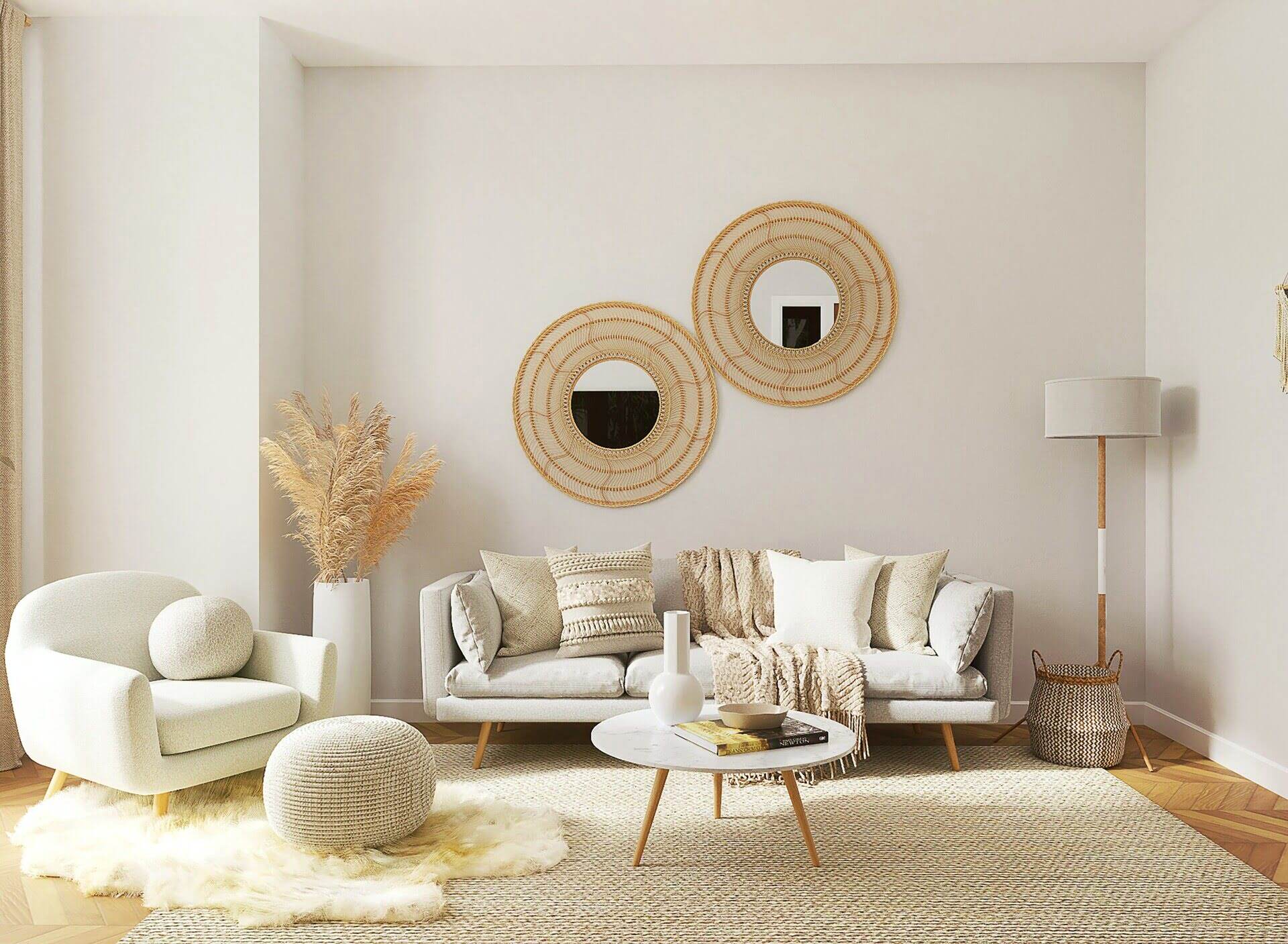
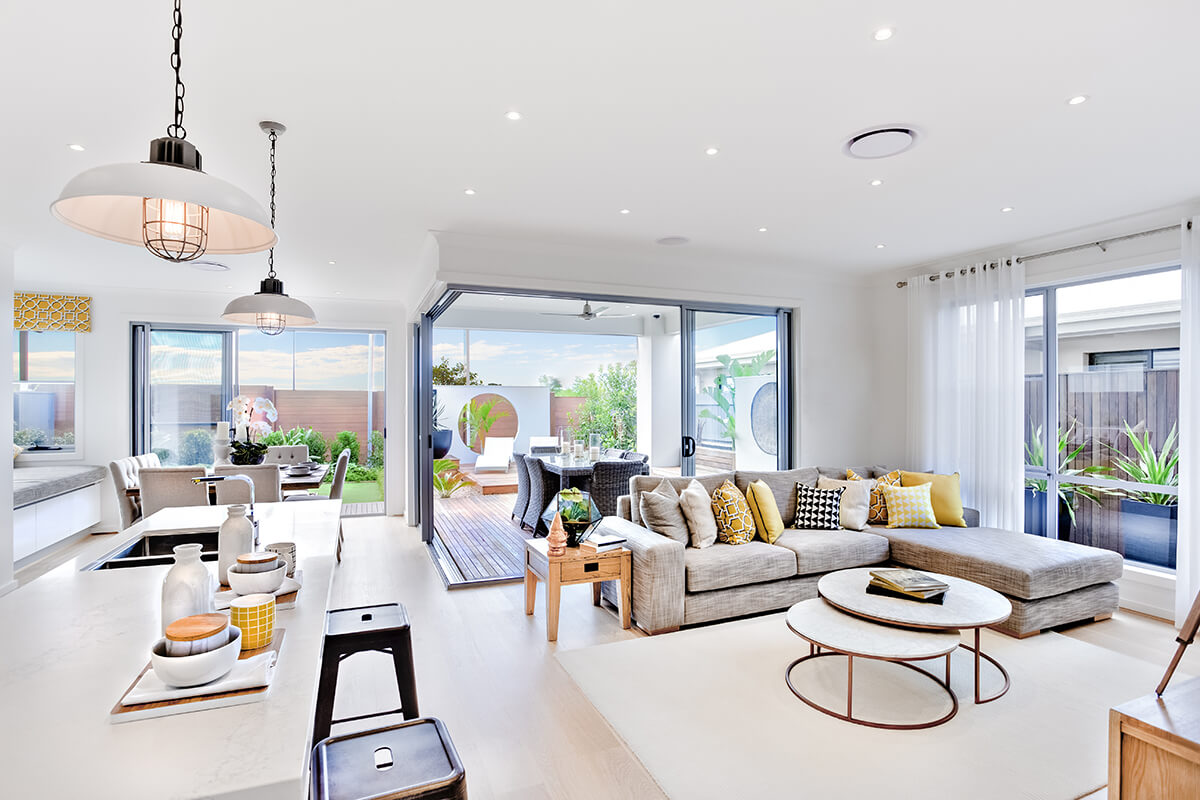

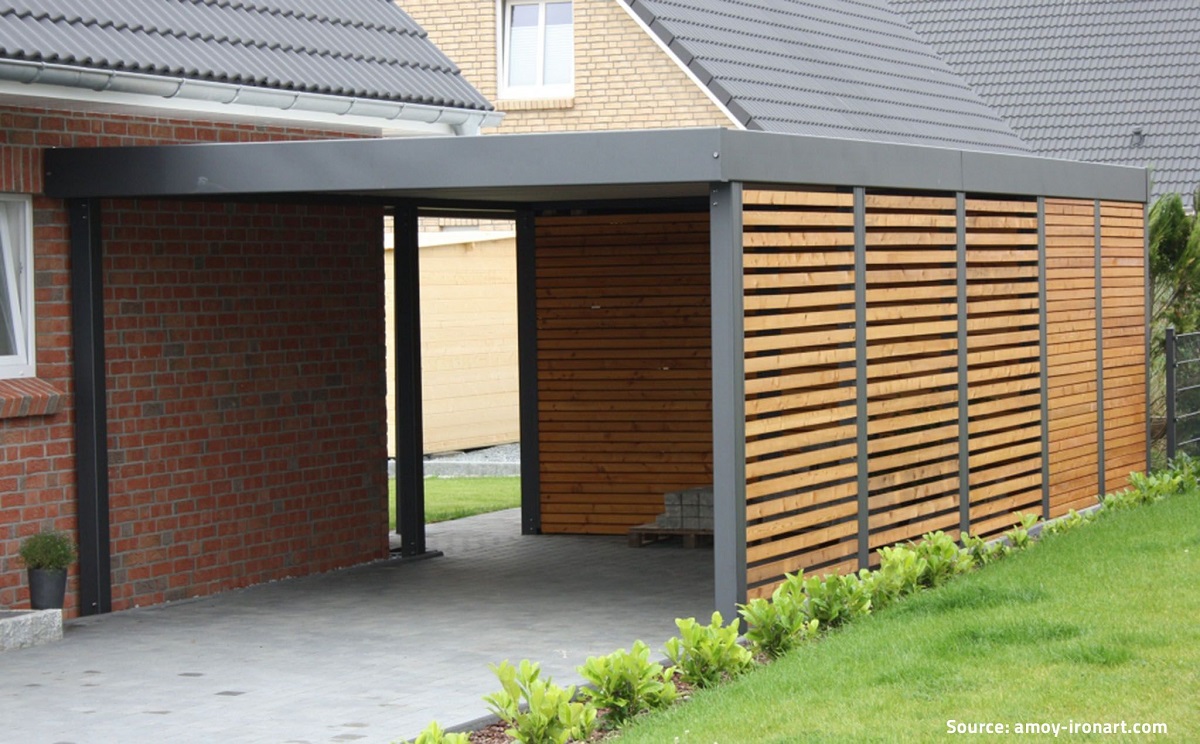
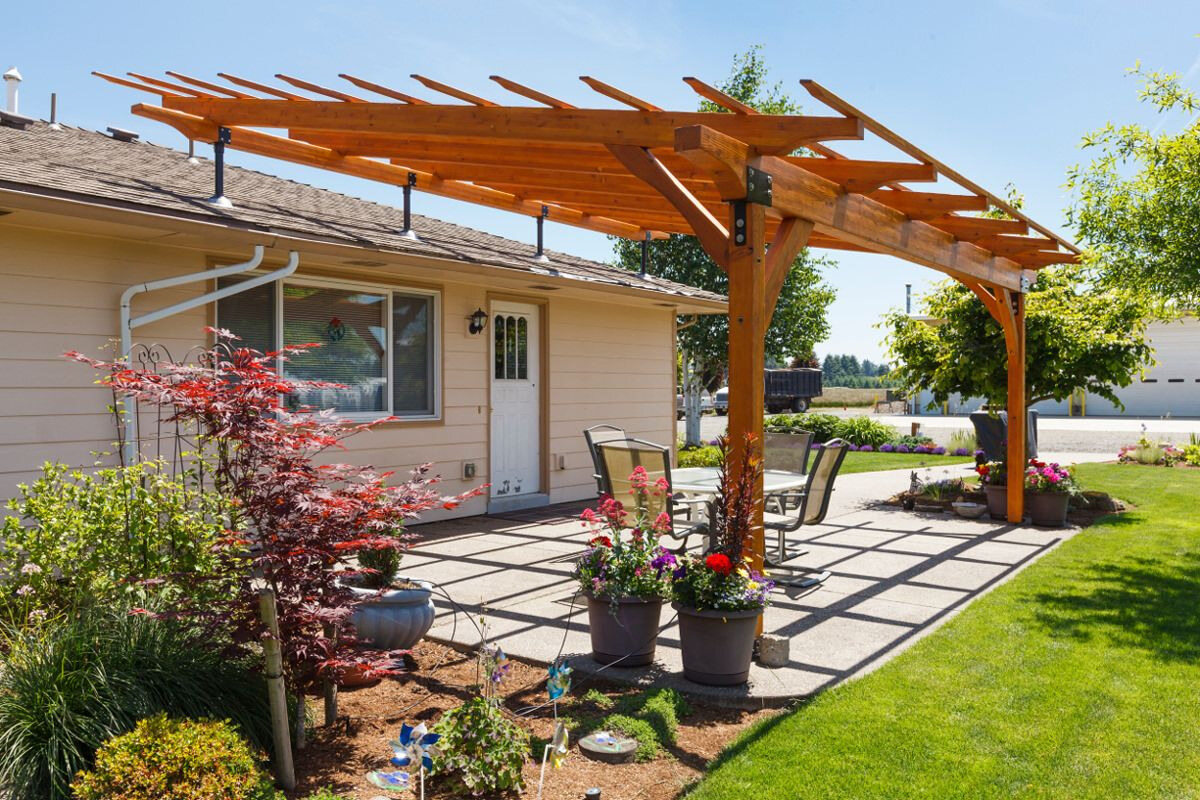

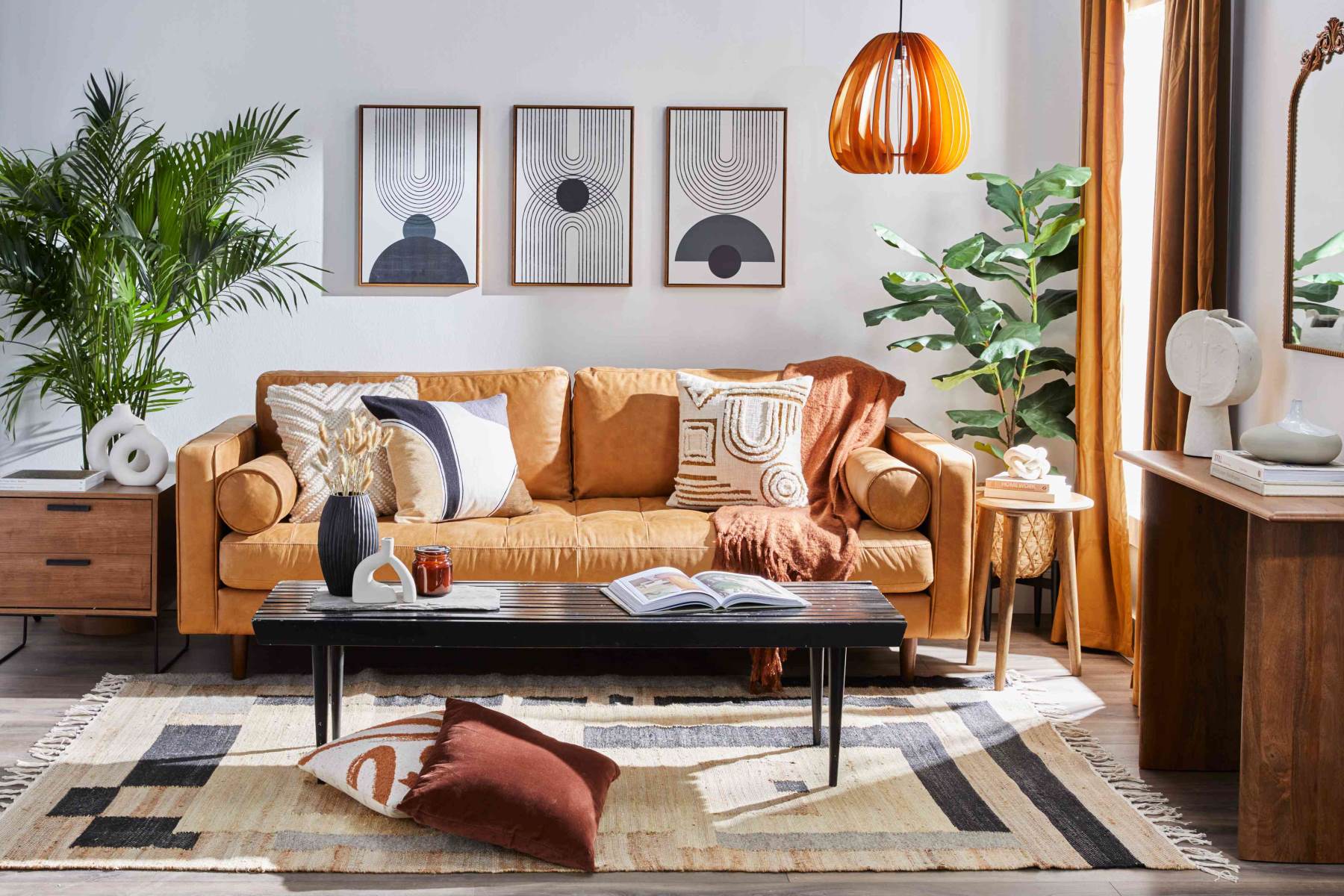
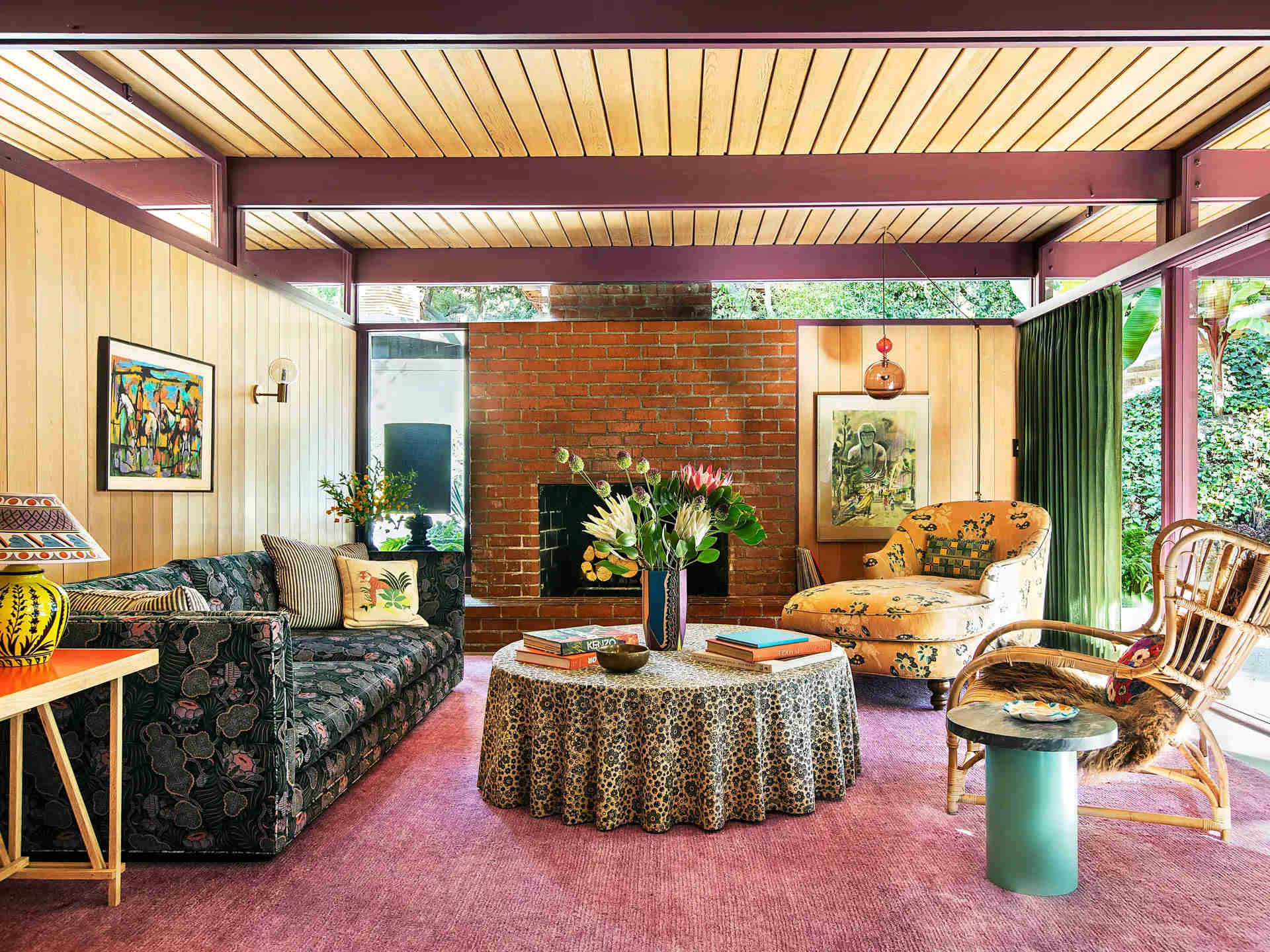
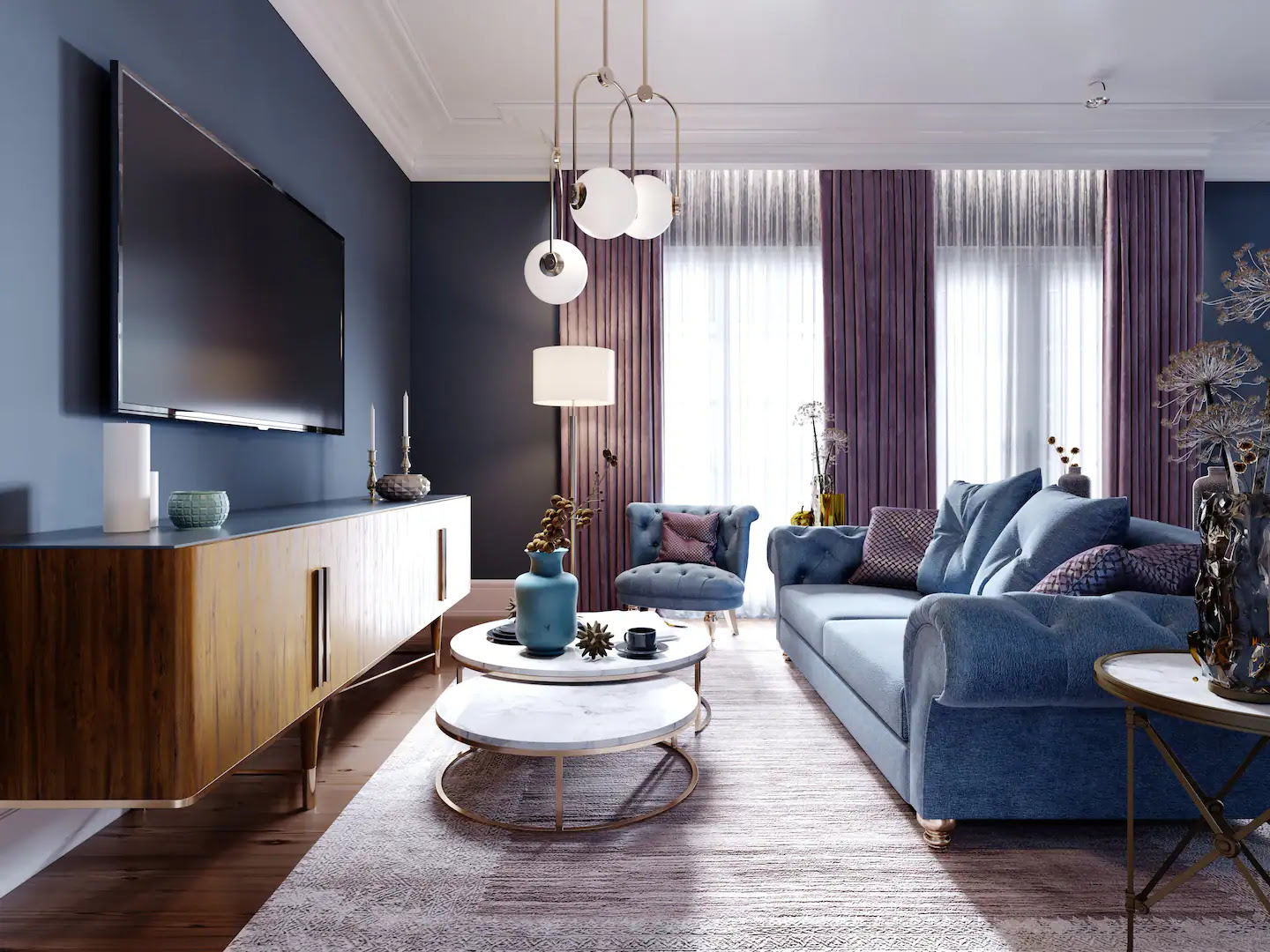
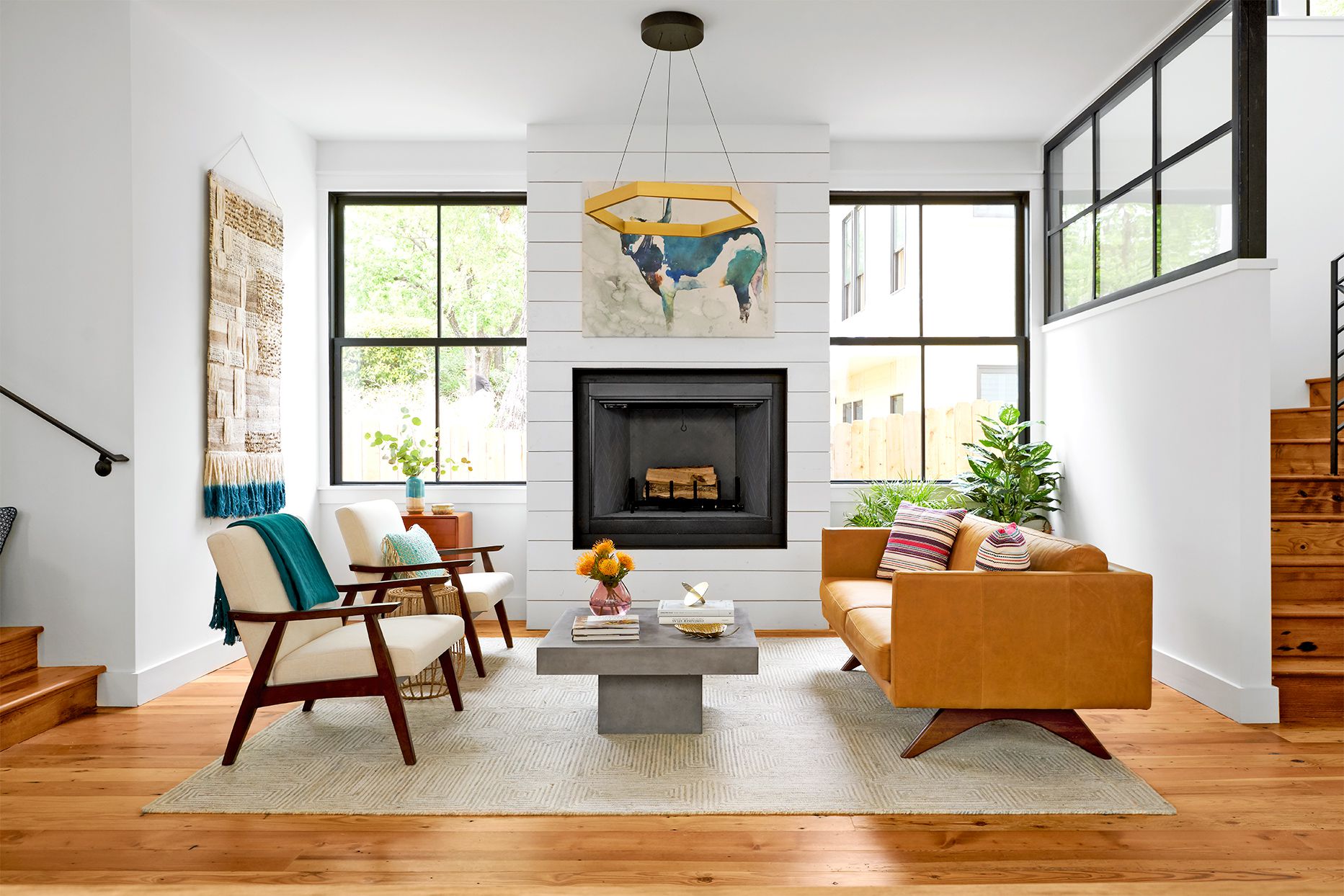
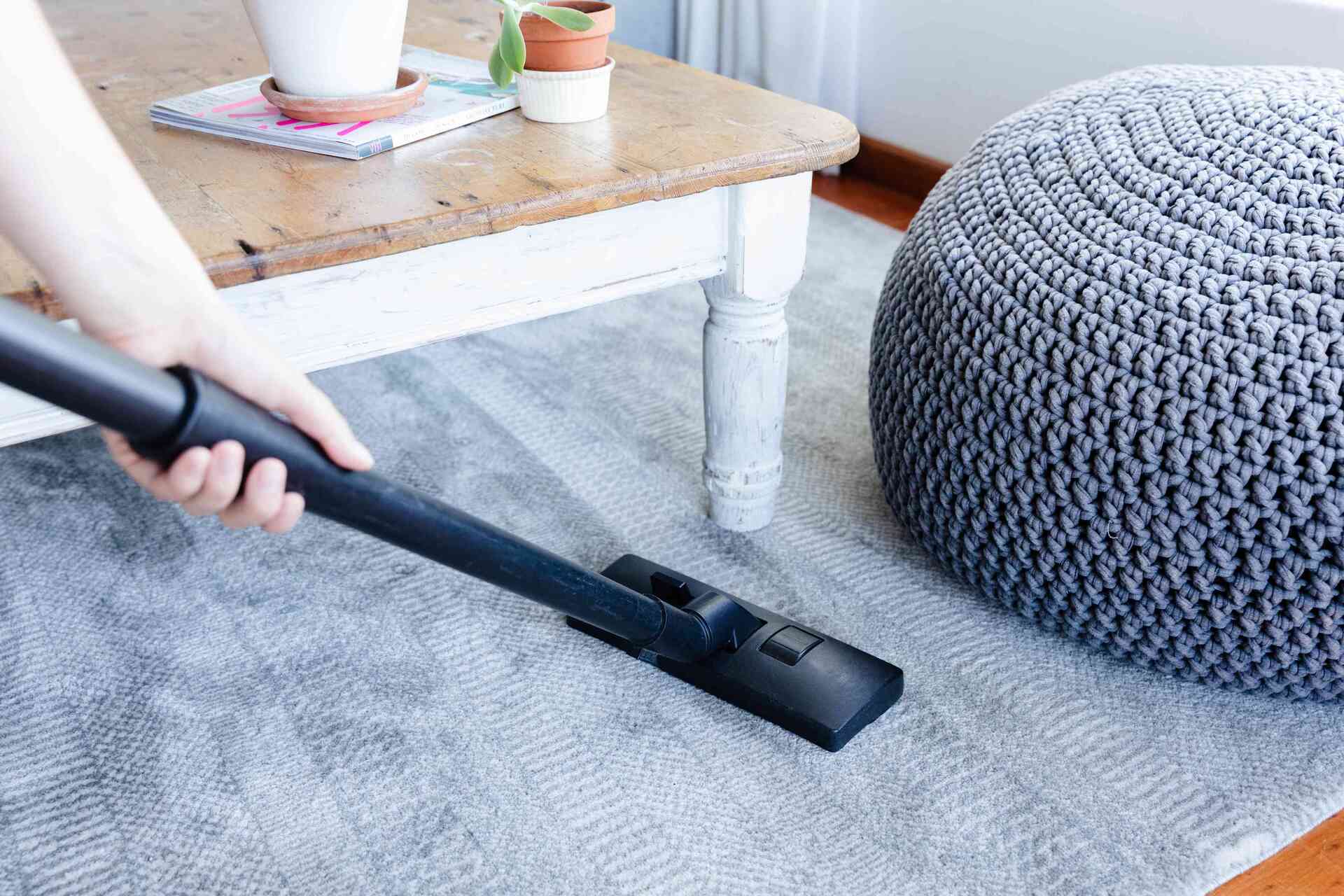
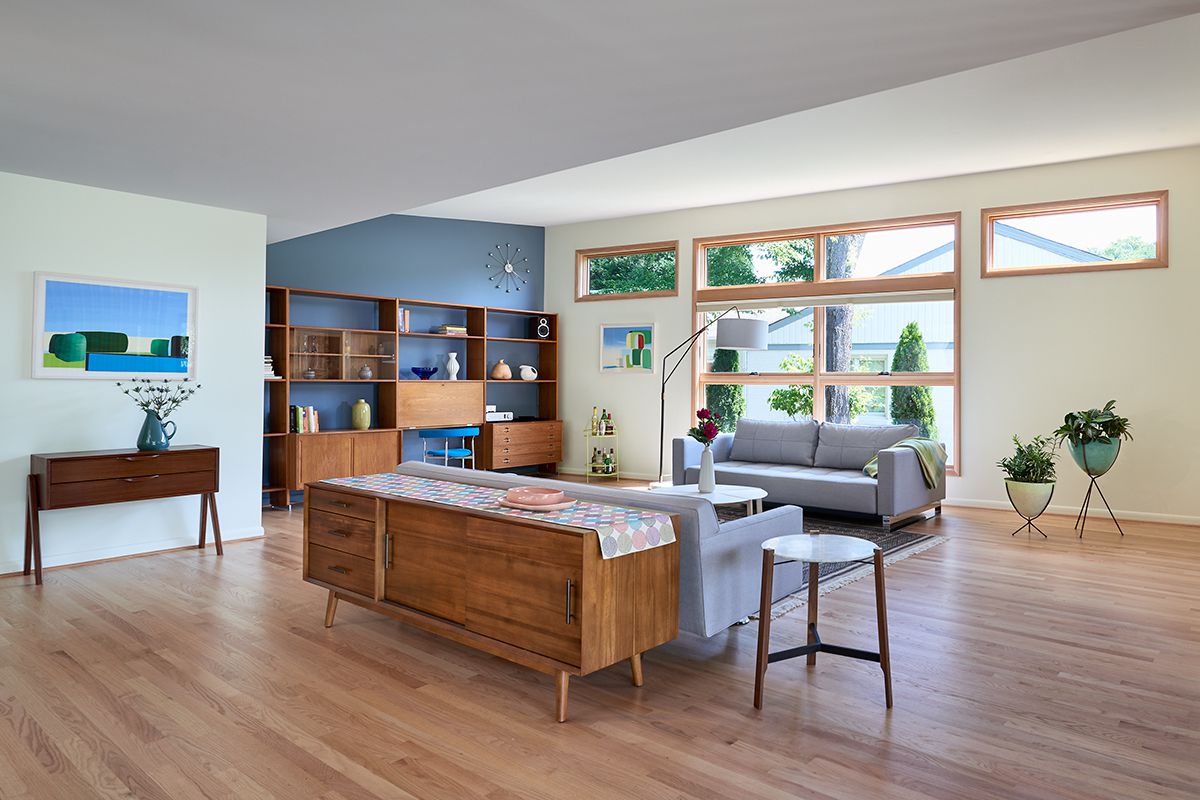

0 thoughts on “How To Cheaply Remodel A Living Room”